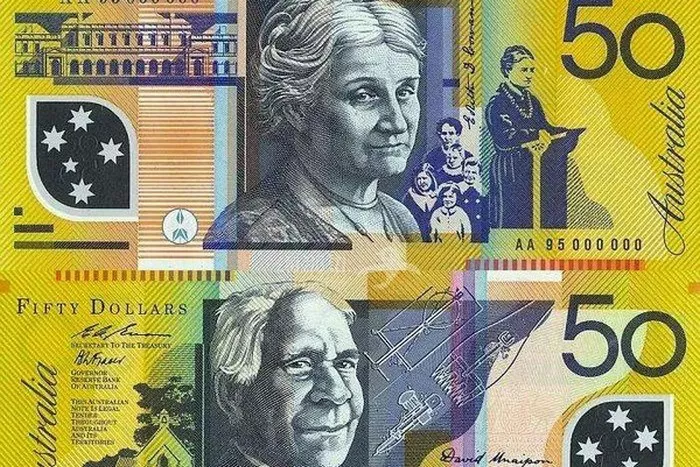Australia, known for its vast landscapes, diverse ecosystems, and thriving economy, is a nation governed by a robust democratic system. The question of “Who runs Australia?” involves a multifaceted examination of the country’s political, legal, and administrative structures. In this article, we will delve into the key players and institutions that contribute to the governance of Australia, shedding light on the complex mechanisms that drive the nation forward.
Constitutional Framework:
At the heart of Australia’s governance lies its Constitution, a foundational document that outlines the structure of government and the distribution of powers. The Constitution divides authority between the federal and state governments, establishing a system of checks and balances. The Australian Constitution was enacted in 1901, and its principles continue to shape the nation’s governance.
The Federal Government:
The Australian federal government operates under a parliamentary democracy, combining elements of the British Westminster system with uniquely Australian features. At the core of the federal government is the Parliament of Australia, consisting of two houses – the House of Representatives and the Senate. Members of the House of Representatives are elected by the public, while senators are chosen through proportional representation, reflecting the states’ interests.
The executive branch, headed by the Prime Minister, is responsible for implementing and administering laws. The Prime Minister is the leader of the political party that holds the majority in the House of Representatives. This individual plays a pivotal role in shaping government policies, representing Australia internationally, and managing the Cabinet, a group of ministers responsible for various portfolios.
Political Parties:
Australia’s political landscape is characterized by a two-party system, with the Australian Labor Party (ALP) and the Liberal Party being the major contenders. The National Party often forms a coalition with the Liberal Party, collectively known as the Coalition. The competition between these political parties shapes the policy agenda and legislative direction of the country.
Elections, held at least every three years, allow Australians to participate in the democratic process by choosing their representatives. The leader of the political party that secures the most seats in the House of Representatives becomes the Prime Minister. This democratic exercise is fundamental to Australia’s governance, ensuring that the government remains accountable to its citizens.
The Judiciary:
Australia’s judiciary, an independent arm of government, plays a crucial role in upholding the rule of law and interpreting the Constitution. The High Court of Australia is the apex court, with the power to hear appeals on constitutional matters and disputes between states. The judiciary acts as a check on the legislative and executive branches, ensuring their actions align with the Constitution and legal principles.
State and Territory Governments:
In addition to the federal government, Australia comprises six states and two territories, each with its own government and constitution. State and territory governments are responsible for areas not exclusively allocated to the federal government by the Constitution. They have jurisdiction over education, health, transport, and other essential services.
The Premier leads each state government, while the Chief Minister heads the government in the territories. State and territory parliaments mirror the federal structure, with elected representatives and upper houses, contributing to the overall governance of the nation.
Local Government:
Australia’s governance extends to the grassroots level through local government authorities. Local councils, elected by residents, manage services and infrastructure at the community level. While their powers are delegated by state and territory governments, local councils play a vital role in addressing the specific needs and concerns of their communities.
see also Is The Australian Dollar Safe? A Comprehensive Analysis
Conclusion:
In answeringA the question of “Who runs Australia?” it becomes apparent that the governance of this vast nation involves a sophisticated interplay of institutions, systems, and individuals. The Constitution, federal and state governments, political parties, the judiciary, and local councils collectively contribute to the effective functioning of Australia’s democracy.
Understanding Australia’s governance is not just an academic exercise but a fundamental aspect of civic engagement. It empowers citizens to participate actively in the democratic process, holding leaders accountable and contributing to the ongoing development of this dynamic and resilient nation. As Australia continues to navigate the challenges of the 21st century, an informed citizenry remains the bedrock of its flourishing democracy.


